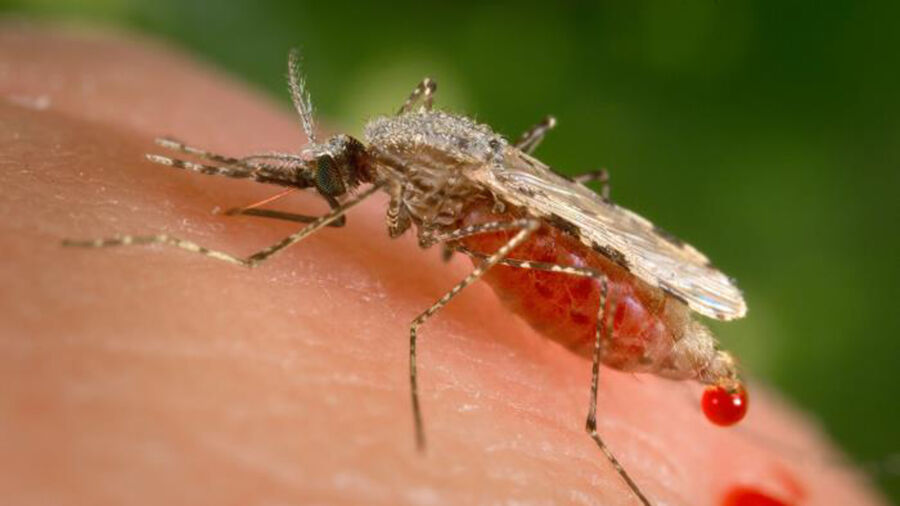Florida health officials reported a new case of malaria Tuesday, bringing the total number of malarial infections in the United States since May to eight.
This is the first time in 20 years U.S. citizens have contracted the disease locally—meaning their infections were not linked to travel outside the country.
Last week’s Florida Abrovirus Surveillance report (pdf) from the Florida Department of Health (FDOH) identified another case in the state’s Sarasota County, where six other cases have been reported since May. According to the health department, all six were successfully treated and have since recovered.
They all contracted the same strain of malaria, the FDOH added.
In June, Texas Department of State Health Services reported another, unrelated case of locally acquired malaria.
The Centers for Disease Control and Prevention (CDC) said last month that the infections constitute a public health emergency, although the agency does not foresee a nationwide outbreak.
Several preventive measures have since been taken. On June 26, the CDC issued a health alert instructing hospitals to be on the lookout for patients with malaria symptoms and to make sure to start administering antimalarial drugs within 24 hours of diagnosis. A health advisory for mosquito-borne illnesses was also put into effect in Florida.
Both the FDOH and the CDC have published information on the disease and how families can protect themselves. Essentially, the best way to avoid malaria and all other mosquito-borne illnesses, according to Florida’s health department, is to set up a defense system against mosquitoes themselves, and to thus avoid getting bitten.
Malaria, a disease transferred to humans by certain species of mosquito, may result in death if left untreated. For a bite to be contagious, however, the mosquito has to be infected with a single-celled parasite known as a plasmodium, which is the actual cause of the illness.
Malaria is not normally transmitted from person to person, except through, for example, a blood transfusion from an infected person. The overwhelming majority of infections involve mosquitoes that have bitten a person already infected with malaria then acting as “vectors.”
The disease has an incubation time of from 10 days to 4 weeks before symptoms appear, which include chills, fever, tiredness, headaches, muscle aches, and sometimes vomiting and diarrhea.
According to the World Malaria Report released by the World Health Organization, there were 247 million malaria cases around the world in 2021. Of those, some 619,000 were fatal—or around 0.25 percent. The WHO’s African Regional Office records the highest number of infections each year due to its mosquito-rich tropical climate, with the area accounting for about 95 percent of cases and 96 percent of deaths.
Malaria was considered to have been eliminated from the United States by 1951 after officials employed DDT pesticide and drained swamps in rural areas. Nevertheless, around 2,000 cases are reported annually, with the vast majority of patients being immigrants and people returning from abroad.

